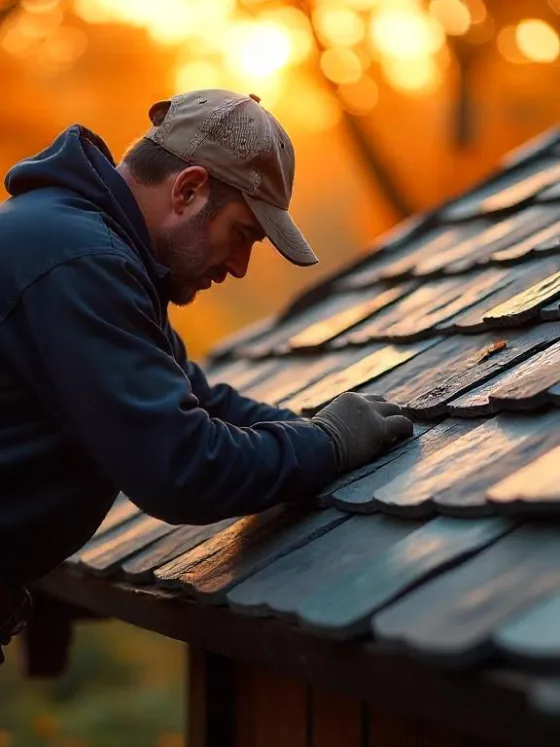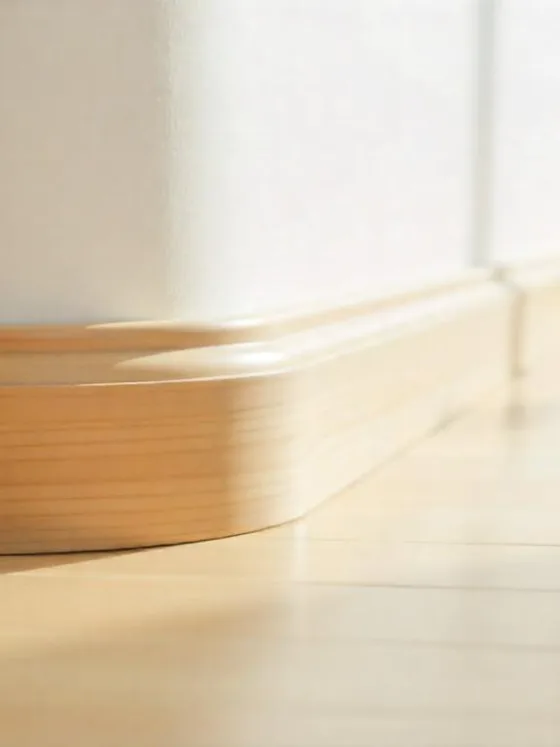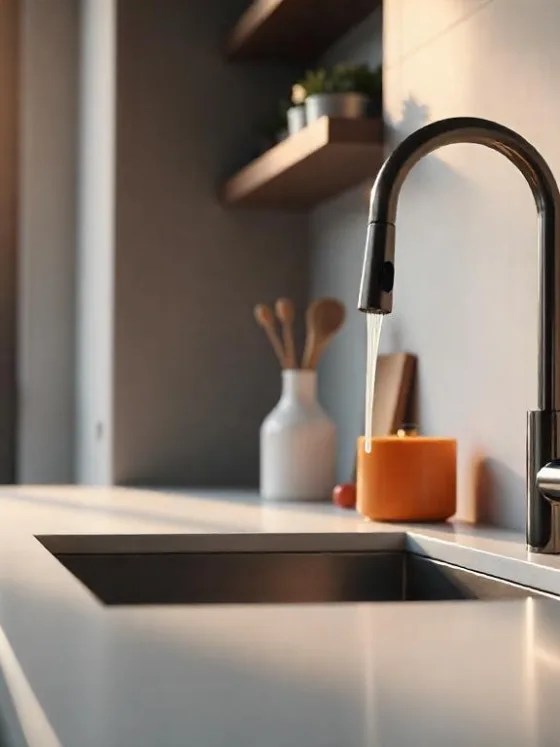Table of Contents Show
Bed bugs are one of the most common parasites found in a residence, and they’re also the most annoying to dispatch. Whereas fleas and roaches can be destroyed with flea medications and roach bombs, bed bugs can linger despite your best efforts.
In order to stop an infestation, you need to understand what let them in, what’s keeping them there, and what can be done to dislodge them.
Bed Bug Basics
Bed bugs are tiny organisms that enjoy life in and around humans. They are parasites, meaning that they will literally feed off your blood. They are like fleas on a cat, except rather than being restricted to using cats or dogs as a host, they’re using you.
Because they are human parasites, bed bugs don’t pick pet owners over non-pet owners; they go wherever they can find humans. Once they have found a hospitable environment where food is readily available, they become comfortable and start to multiply. Their size makes them almost impossible to detect by sight.
In most cases, the only sign of trouble is itching and rashes. Victims will have bite bumps and visible symptoms that get worse over time. If you are experiencing these symptoms, you’ve almost certainly got bed bugs – fleas don’t have the same power to impact humans.
How You Get Infested
Many people think that bed bugs are like mosquitoes, able to fly into your home spontaneously through an open door. Luckily, bed bugs cannot fly at all. They cannot take off nor can they stay airborne.
Instead, bed bugs must find a carrier to transport them from a current environment to a new location. In order to bring bed bugs into your home, something inside your home must have spent time somewhere that had bed bugs.
Unfortunately, “some time” can be just a few minutes. Bed bugs can infest remarkably quickly. One common source of a problem comes from travelers who stay at a hotel that has a bed bug problem.
The bugs stow away in their luggage and on their clothes, leading the travelers to unknowingly bring a big problem back home in their luggage.
Used furniture is another source of concern. If the furniture has been in a home or apartment that was infested, it will almost certainly have live bugs on it that will need to be dealt with lest those pests enter your home.
The bugs don’t even need a large item like furniture or luggage to make the trip from one residence to another.
If you visit a friend who has a bed bug problem, the bugs may jump onto your clothing, travel home, and infest your residence as well. Once in a home, they multiply quickly, infesting even the largest spaces within a few days.
Anatomy of an Infestation
Once inside your home, bed bugs will immediately move for your bed. They typically feed when humans are asleep, making a bed the ideal place for them to reside.
In most cases, the highest concentration of bed bugs will be found within 15 feet of the bed, although couches, chairs, and other commonly used spaces may also be chosen. One important thing to remember about bed bugs is that the insects themselves may be impossible to spot, even if you’re watching for them very carefully.
You can patrol the area around your bed, but you won’t find them there. They tend to hide between the mattress and the box spring, coming out only to feed. They are interestingly shaped in a way that allows them to slip in the smallest cracks: they have an almost paper-thin body, which can be wedged into spaces that seem impossible to the human eye.
In addition to the bed itself, they’ll often move into the area between the baseboard and the wall, or possibly even into the area behind a light switch. They will prefer places that are secluded and dark, but beyond that, they are not picky.
The best indicator of an infestation is the presence of itchy rashes and bite marks on your body. It’s rare to actually see a bed bug, even if you think you have a problem and decide to go looking. In some cases, they may leave dark feces spots on the sheets, but that isn’t guaranteed.
Extreme cases may also have bed bugs emitting a distinct odor, a musty sweetness that is quite distinctive but may become normal to the resident with time. If you’re uncertain about whether you have an infestation, it is often better to proceed with treatment rather than delay.
As you’ll see, there are inexpensive and non-chemical options for dealing with bed bugs that can actually benefit your home as a whole, whether or not you’ve actually got a problem.
Option #1: Economical And Environmentally Friendly Steam Cleaning
The most common method of handling a bed bug infestation is a simple one. Steam cleaning has been a known method to sanitize, sterilize, and kill insects for hundreds of years.
Bed bugs have one very notable weakness: extreme heat. Any handheld steamer that reaches temperatures beyond 120 degrees Fahrenheit will instantly kill any bugs that its steam touches.
While other options may allow you to remove the adult bugs or stop the larvae from hatching, only steam cleaning at 120 degrees Fahrenheit provides a total solution for adults, young, and eggs.
In addition, a low-moisture handheld steamer reduces the risk of mold and offers other potential health benefits. When used properly, handheld steamers kill dust mites, fleas, and other common household pests and hazards.
Steam Cleaning Tips
When using a handheld steam cleaner to remove a bed bug infestation, you should always pick the largest head attachment that your unit can offer. If you choose a small head, you’ll simply blow the parasites away without giving the unit enough time to remove them, making your job more difficult in the long run.
With a large head, you blast the bugs with the vapors, ensuring that they are dead and the area around them is sanitized. In addition, you have enough room for the dead bugs to be removed, leaving you with a clean, pleasant area again. Be sure that you are very thorough with the steam cleaning.
Remember to clean well beyond the bed area, and go over the entire house just to make sure you’ve gotten every last bug. Even a single bed bug can multiply fast enough to start the whole infestation over again.
Professional Commercial Eradication With Chemicals
In some cases, a severe infestation may just be too much for anyone to handle on their own. When you reach that point, it’s probably best to move into a hotel temporarily and let a professional company handle the eradication of your pests.
The company will likely use some pretty noxious chemicals, so it’s best that you aren’t around while they are being sprayed. Be sure that any pets also have a temporary new home, and be wary of the process if you or your loved ones have allergies or breathing problems.
Chemical-based eradication is usually very thorough and may be a multi-step process to address larvae, eggs, and mature adult bed bugs. Multiple applications of the chemicals may be required in severe situations.
Whatever You Do, Don’t Try to Vacuum
One of the most common misconceptions about bed bugs is that they can be removed or in any way controlled using a vacuum. This is completely false. In fact, using a vacuum tends to make an infestation worse because it can spread.
Unlike a handheld steam cleaner, a vacuum won’t kill bed bugs. Instead, it ends up collecting them, alive, inside its bag. No vacuum offers a completely airtight seal from the bag to the outside, allowing the bed bugs to find their way out as soon as they get hungry.
If you store your vacuum in a different room that was not previously infested, you’ve given them a free ride to a new source of food. Vacuuming bed bugs is never a good idea.
How to Prevent a Re-infestation
After you’ve fixed the bed bug problem, you’ll be understandably eager to avoid it in the future. One of the best ways to do this is by simply using your handheld steamer on a regular basis.
Steaming has a number of health benefits, and prevents many harmful pests apart from its effect on bed bugs. Bring out the steamer once a month or so and go over your entire living space in a fair amount of detail. Do that, and you can be confident that your home is still secure.
Beyond that, simply be careful about where you stay whenever you’re traveling. Check reviews of all hotels to ensure that no one has had problems with bed bugs before. Don’t stay with friends or relatives that have had a problem in the past. If you’re in doubt, ask before you go; it may be a bit awkward, but it’s better than having to deal with an unexpected infestation in your home.
Finally, keeping your own home clean and in good repair will help reduce the hiding spots for these annoying pests. Minimize cracks that might be a good hiding spot, keep everything clean, and you’re doing all that you can to prevent having bed bugs in your home ever again.













